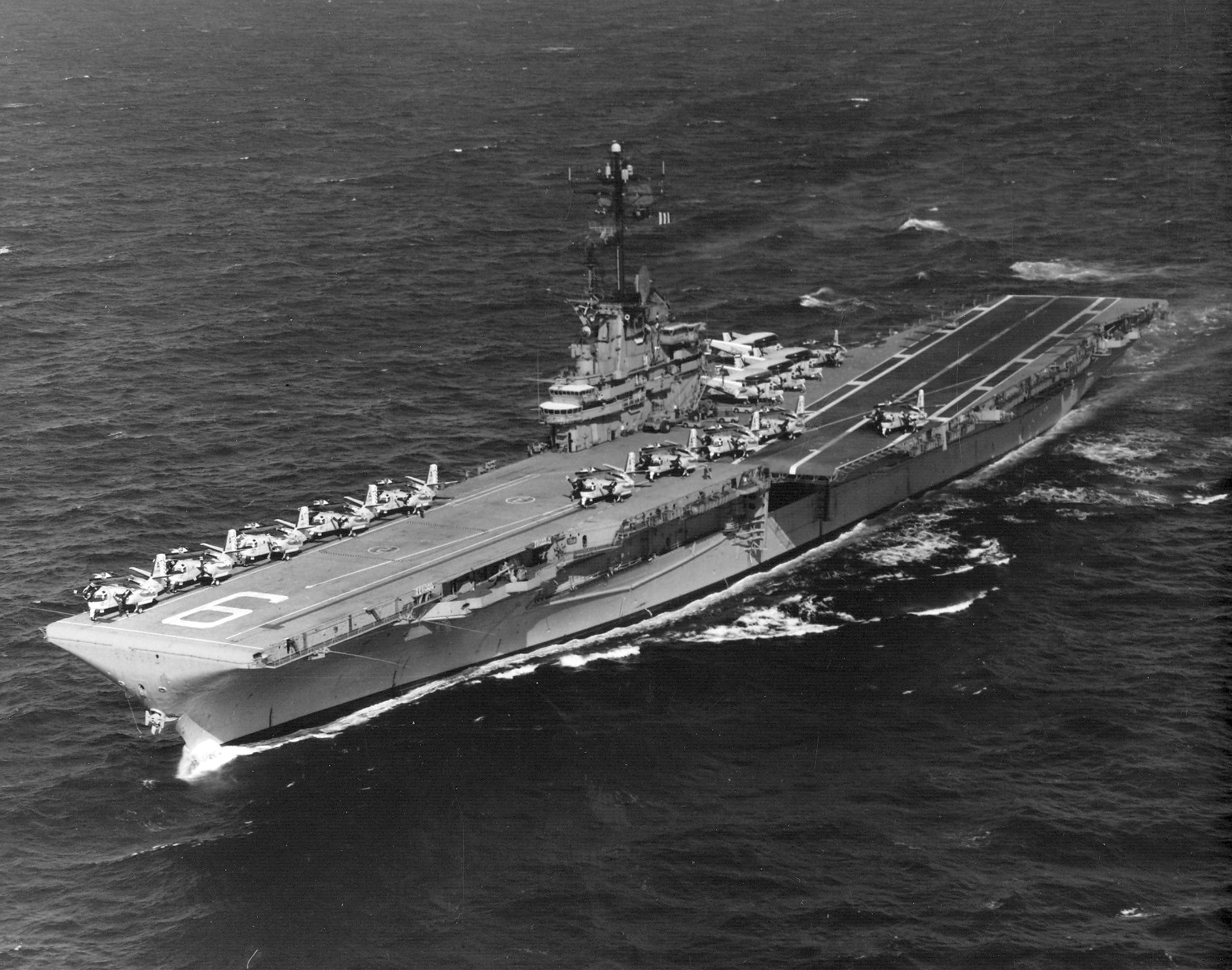Table of Content:-
- Intro
- Origins of Naval Aviation
- Early Carrier Designs
- World War II and The Rise of The Carrier
- The Advent of the Super-Carrier
- Conclusion
Intro
The aircraft carrier has been an integral part of naval warfare since its inception in the early 20th century. From its humble beginnings as a converted cruiser with a few planes onboard, the aircraft carrier has evolved into a floating airfield capable of projecting power across the globe. In this article, we will explore the rich history of aircraft carriers, detailing their evolution from the early days of naval aviation to their current role as the centerpiece of modern naval power projection.
Origins of Naval Aviation
 |
| Fig:- Eugene's First Flight |
The origins of naval aviation can be traced back to the early days of powered flight. In 1910, Eugene Ely became the first person to successfully take off and land an airplane on a ship, a feat he accomplished using a makeshift platform built atop the cruiser USS Birmingham. This early experiment demonstrated the potential of airplanes as a tool for naval warfare, and soon after, several navies began to experiment with using planes on ships.
_crop.jpg) |
| Fig:- HMS Argus |
In 1918, the British Royal Navy commissioned the HMS Argus, the world's first true aircraft carrier. The Argus was a converted merchant ship that could carry up to 20 aircraft. Although the Argus was not a purpose-built carrier, it served as a model for future designs.
Early Carrier Designs
_underway_off_Cape_Henry_on_6_October_1943_(80-G-87113).jpg) |
| Fig:- USS Langley |
In the interwar period, naval aviation underwent rapid development, and several nations began to build purpose-built aircraft carriers. The US Navy's first carrier, the USS Langley, was commissioned in 1922. It was a converted collier that could carry up to 36 aircraft. The Langley was followed by the USS Lexington and the USS Saratoga, both of which were purpose-built carriers that could carry over 80 aircraft.
| Fig:- Japanese Aircraft Carrier Akagi in 1927 |
During this period, the Japanese Navy invested heavily in carrier construction, building some of the largest and most advanced carriers of the time. The Akagi and the Kaga were the largest carriers in the world when they were commissioned in 1927 and 1928, respectively. These carriers were capable of carrying up to 90 aircraft and were equipped with the latest technology, including steam catapults for launching planes.
World War II and the Rise of the Carrier
During World War II, the aircraft carrier became the centerpiece of naval operations in both the Pacific and European theaters. The ability to project air power over long distances gave carriers a decisive advantage over traditional battleships and cruisers. The Japanese Navy, in particular, relied heavily on its carrier fleet in the early years of the war. The attack on Pearl Harbor in December 1941, which saw the Japanese launch a surprise attack on the US Pacific Fleet, was carried out primarily by carrier-based aircraft.
 |
| Fig:- USS Essex |
The US Navy responded to the Japanese carrier threat by building a new generation of carriers that were larger, faster, and more capable than their predecessors. The USS Essex, commissioned in 1942, was the first of a new class of carriers designed specifically to operate the latest fighter and bomber aircraft. The Essex-class carriers were also equipped with the latest electronic systems, including radar and radio communication equipment.
The end of World War II saw a decrease in the number of carriers in service, but carriers continued to play a key role in naval operations during the Cold War. The ability to launch precision strikes against enemy targets from a safe distance made carriers an invaluable asset in conflicts such as the Korean War and the Vietnam War.
The Advent of the Supercarrier
 |
| Fig:- USS Enterprise |
In the 1960s, the US Navy introduced the first supercarriers, such as the USS Enterprise and the USS Nimitz. These carriers were significantly larger than previous designs, with a displacement of over 100,000 tons and the ability to carry over 80 aircraft. They were also equipped with advanced electronic systems and weapons, such as the Phalanx close-in weapons system, which made them virtually invulnerable to attack.
During the Cold War, aircraft carriers played a critical role in the projection of US military power around the world. They were used extensively in conflicts such as the Vietnam War and the Gulf War, where their ability to launch precision strikes against enemy targets was invaluable. The collapse of the Soviet Union in 1991 led to a reduction in global tensions and a decrease in the number of carriers in service, but carriers continued to play a key role in US military strategy.
 |
| Fig:- USS Gerald R. Ford |
In recent years, advances in technology and changing geopolitical realities have led to a new generation of carriers that are even more capable than their predecessors. The USS Gerald R. Ford, commissioned in 2017, is the first of a new class of carriers that incorporates advanced technologies such as electromagnetic catapults and advanced radar systems. It also has a significantly reduced crew size, thanks to the use of automation and other technologies.
Conclusion
Despite their versatility and power, aircraft carriers are not without their critics. Some argue that they are vulnerable to attack by modern anti-ship missiles and that their high cost makes them an unsustainable option for modern navies. However, the fact remains that aircraft carriers continue to be a critical component of modern naval power projection, and their role in shaping global events is likely to continue for the foreseeable future.
Happy Reading :D

.jpg)